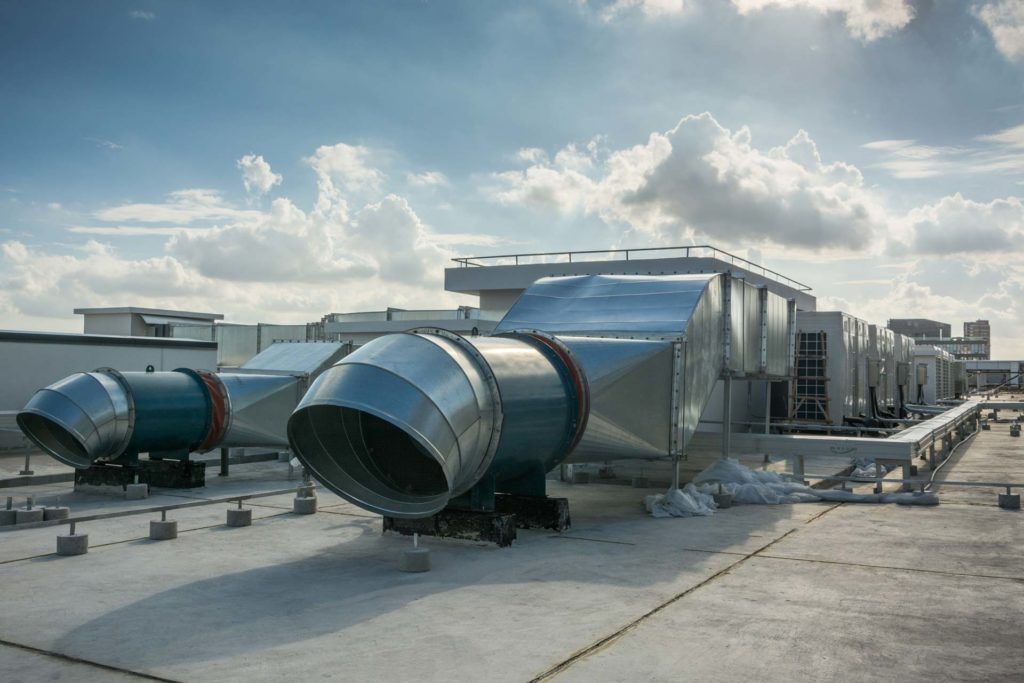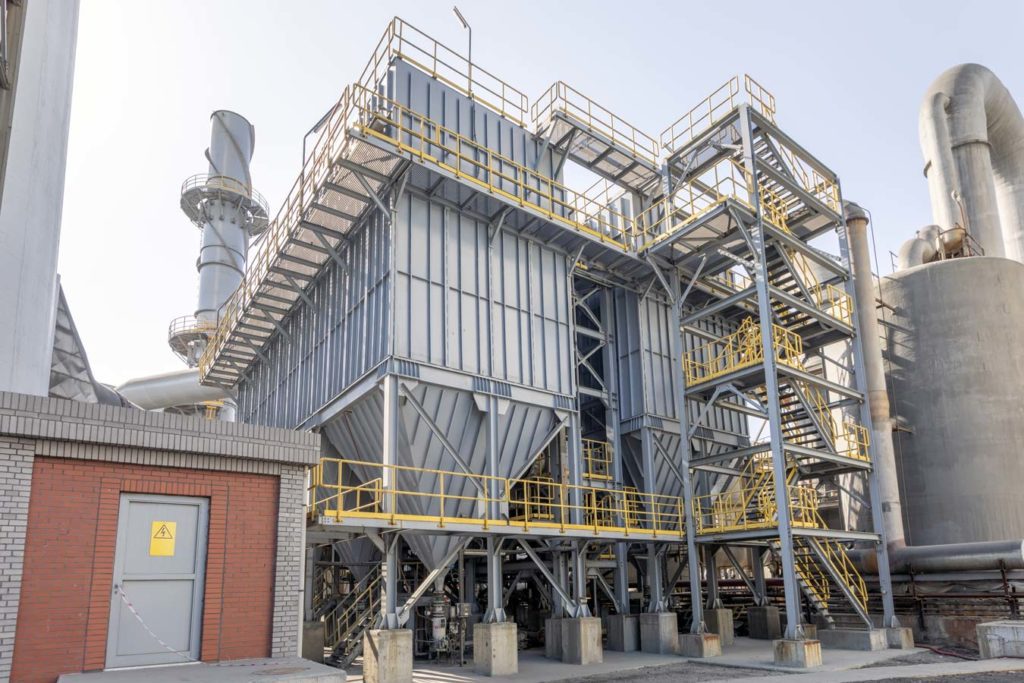Industrial dust collectors are essential for maintaining air quality, ensuring worker safety and compliance with environmental safety regulations. A critical component of these systems is the cartridge filter, which captures and removes dust particles from the air.
Choosing the best material for your dust collector’s cartridge filter is critical to maximizing its efficiency. Let’s explore different types of cartridge filter materials and their unique characteristics, benefits, and potential downsides.
What Type of Filter is Needed for a Dust Collector?
The type of filter that’s best for your dust collector depends on several factors, including the nature of the dust, the facility environment, and the required filtration efficiency. Many companies and facilities prefer cartridge filters for their efficiency and easy maintenance.
Why Choose a Cartridge Filter for Dust Collector Filtration?
Cartridge filters are distinct from other types of filters thanks to their cylindrical or conical shape and pleated filter media. This design increases the surface area available for filtration without requiring a bigger footprint. The pleats make it possible to capture more dust before the filter needs to be cleaned or replaced, enhancing the overall efficiency and lifespan of the filter.
Choosing a Cartridge Filter Material
Cartridge filters offer several advantages, mainly due to the variety of materials they can be made from. Below are some standard filter cartridge material options and their benefits.
Cellulose
Cellulose filters are a cost-effective option made from wood pulp. These filters provide good filtration efficiency for general-use applications. They’re best for capturing larger dust particles and are typically used in low – to moderate-dust-loading environments.
Polyester
Polyester filters are more durable and resistant to moisture compared to cellulose filters. They are ideal for applications with high dust loading and where moisture concerns them. Polyester filters can also be treated with various coatings to improve their filtration efficiency and resistance to static charge or chemicals.
PTFE (Polytetrafluoroethylene) Membrane
PTFE-coated filters (also known as Teflon®) provide superior filtration efficiency by capturing sub-micron particles. The PTFE membrane creates a non-stick surface that prevents dust from embedding into the filter media, making it easier to clean and extending the filter’s lifespan. These coated filters are suitable for high-efficiency applications and where fine dust particles are prevalent.
Aramid
Aramid, or Kevlar, fibers are known for their strength and heat resistance. These strong filters are widely used in industrial applications to remove contaminants from air and liquids. They are durable, chemically resistant, and long-lasting, so they do exceptionally well in harsh environments and extreme temperatures.
Nanofiber
Nanofiber filters feature a layer of ultra-fine fibers that enhance the filter’s ability to capture fine particles. This material provides high initial efficiency and low-pressure drop, making it an excellent choice for critical applications where maintaining clean air is paramount.
How to Determine the Best Filter for Dust Collector Efficiency
When choosing a cartridge filter material for your dust collector, consider the following factors.
Dust Characteristics
Understand the shape, size, and make-up of the dust particles generated in your facility. For example, fine dust from sanding operations may require a PTFE or nanofiber filter, while larger particles from metal cutting might be adequately captured by a polyester filter.
Operating Environment
Consider the temperature, humidity, and presence of chemicals in your operating environment. Polyester filters are better suited for high-moisture environments, while PTFE-coated filters can withstand harsh chemical conditions.
Filtration Efficiency
Determine the level of filtration efficiency required to meet air quality standards and protect worker health. High-efficiency filters, such as those made with PTFE or nanofiber, are necessary for applications where capturing the finest particles is crucial.
Downsides of Cartridge Filter Materials
While cartridge filters offer many benefits, there are also a few downsides to consider.
Initial Cost
High-efficiency filters, such as those made with PTFE or nanofiber, can be more expensive upfront. That said, their longer lifespan and superior performance can justify the higher initial investment.
Maintenance Requirements
Some cartridge filters require regular cleaning to maintain their efficiency. Filters that are not properly cleaned can become clogged, reducing airflow and increasing energy consumption.
Compatibility Issues
Not all cartridge filters are compatible with every dust collector system. It’s essential to ensure that the chosen filter material and design fit your dust collector’s specific requirements and dimensions — and that’s why at Baghouse America, we can custom-make filter replacements to ensure a perfect fit.
Choose the Best Cartridge Filter for Your Needs
Baghouse America draws on 20 years of experience and hard-won wisdom to help you choose the best filter. We’re dedicated to helping you create the safest, most efficient, and most sustainable workplace possible based on your needs.
We can help you choose the dust collector parts that best fit the needs of your business. Contact us today for a quote.

